Do you want to learn how to moisturize your hair using the LCO method? It is a simple technique that requires no finesse. You don’t need expensive products or a cosmetology degree.
Here is all you need to know about the LCO method, how it differs from the LOC method, and how to do it yourself at home.
What Is the LCO Method?

The LCO method is a method of moisturizing hair. LCO is an acronym for the three products used in this method: leave-in, cream, and oil. Use this technique to keep your hair moisturized for as long as possible.
The LCO method is a popular method in the natural hair community for moisturizing hair. People love it because it helps keep even the driest natural hair moisturized for days. You can use the method as a wash-and-go method and moisture your hair for three to five days.
If you struggle to moisturize your hair or your hair gets dry fast, you may want to try the LCO method. It is tested and proven to help your hair stay soft and moisturized longer.
Who Is the LCO Method Best For?
Many people wonder what the difference between the LOC and LCO methods is. Some suggest the LCO method over the LOC method on the basis of natural hair type.
However, there are better ways to decide which moisturizing technique works for you. Hair types like type 2 or four are often vague, and many people have multiple hair types on their heads.
Natural hair porosity, on the other hand, is a standard way to measure how hair responds to the LCO and LOC methods.
When choosing between the LCO and LOC methods, knowing your hair porosity is vital.
The LCO method is ideal for low porosity hair. Low porosity hair does not easily absorb water or products into the strands. Because of this, the hair shaft gets dehydrated, dry, and wiry.
With the LCO method, low porous hair can absorb lightweight products. Additionally, using oil as the last step seals in moisture, preventing water loss.
High porosity hair will benefit more from the LOC method than the LCO method. The LOC method is where creams are used after oils.
While either method works for high porous hair, low porosity types should stick to LCO for the best results.
How to Do the LCO Method at Home
Follow these five simple steps to do the LCO method effectively at home:
Step 1: Prepare Your Hair
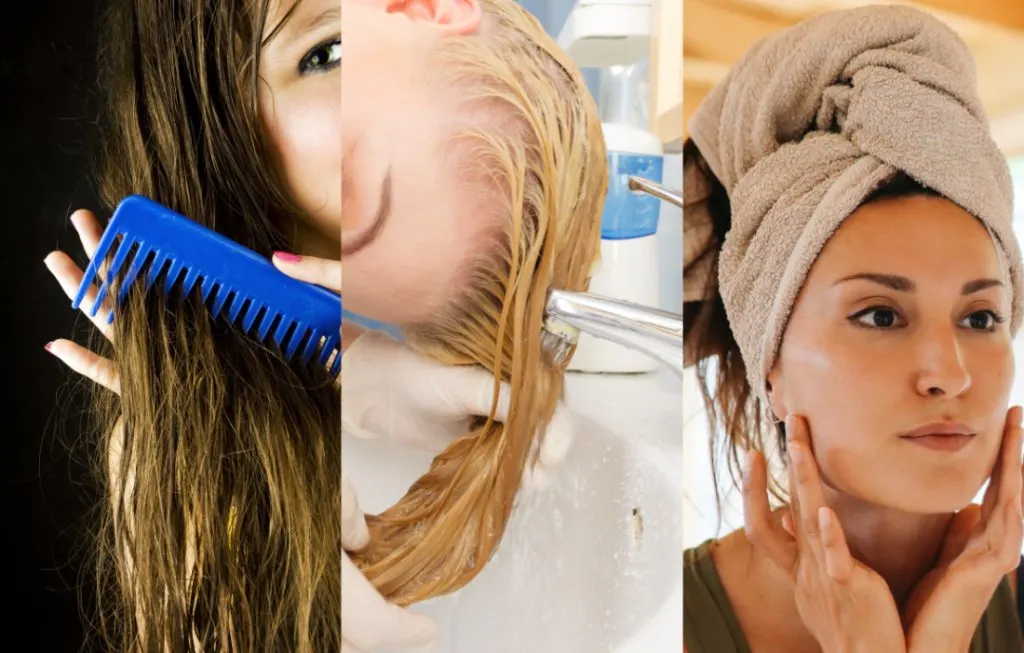
For the LCO method to work, you have to hydrate your hair. The only way to hydrate hair is by using water. Hydrated hair can then be moisturized and sealed. Water is absorbed easily into freshly washed hair.
The first step to perfecting the moisturizing method is preparing your hair to accept products. You do this by thoroughly cleansing your hair and ensuring it absorbs enough water. You can shampoo your hair as often as you need.
I recommend no more than once every other day for those with dry hair and very active lifestyles. However, for LCO to work, do not go more than two weeks without washing your hair. Ideally, you should wash your hair weekly or twice a week.
Follow these steps to prepare your hair for the LCO method:
- Oil your scalp: Massage an oil of your choice into your scalp. I recommend rosemary oil in a carrier oil like jojoba or pumpkin seed oil. Massage the oil into your scalp for at least five minutes. Work the oil down your strands and let it sit for 3 to 24 hours. The oil also works as an oil cleanse for your scalp.
- Pre-poo your hair: Use a hydrating pre-poo or slippery detangling conditioner to carefully detangle your hair.
- Detangle from ends to roots: Section your hair and detangle gently with a wide-toothed comb working upwards from the ends.
- Wet your hair: Get into the shower and saturate your hair with water. Do not attempt to shampoo before your hair is soaked in water. This also allows you to wash off the pre-poo and oil.
- Emulsify your shampoo: Grab your shampoo of choice and emulsify in your hands. Ideally, it should be a hydrating shampoo, but an occasional clarifying shampoo is perfect pre-LCO.
- Work the shampoo in: Using your fingers or a scalp brush, work the shampoo into each section of your scalp. Take your time. Let the shampoo perform an initial cleanse and take off any oil.
- Rinse and repeat: Rinse off your first shampoo. I recommend shampooing twice if you wash weekly and more if you go longer between shampoos. On your last rinse, ensure all shampoo residue is off your hair.
- Apply treatment or deep conditioner: Squeeze off excess water from your hair and apply the treatment or deep conditioner of your choice. You can mix in a small amount of oil and sit under a heated cap, hooded dryer, or steamer to deeply condition your hair. You can also wrap your hair in plastic wrap and shower caps and sit in the sun.
- Rinse off: Carefully rinse off your deep conditioner after 30 to 45 minutes. If you do not have a heating option and the sun is not out, the conditioner can stay up to an hour. Remember that the more you deep condition, the less time you need to do it, so if you do it often, 15 minutes will suffice.
- Remove excess water: After rinsing, squeeze off excess water. Wrap your hair in a microfiber towel or cotton t-shirt to absorb excess moisture.
Your hair is now ready for the LCO method.
Step 2: Choose Your Leave-in Conditioner
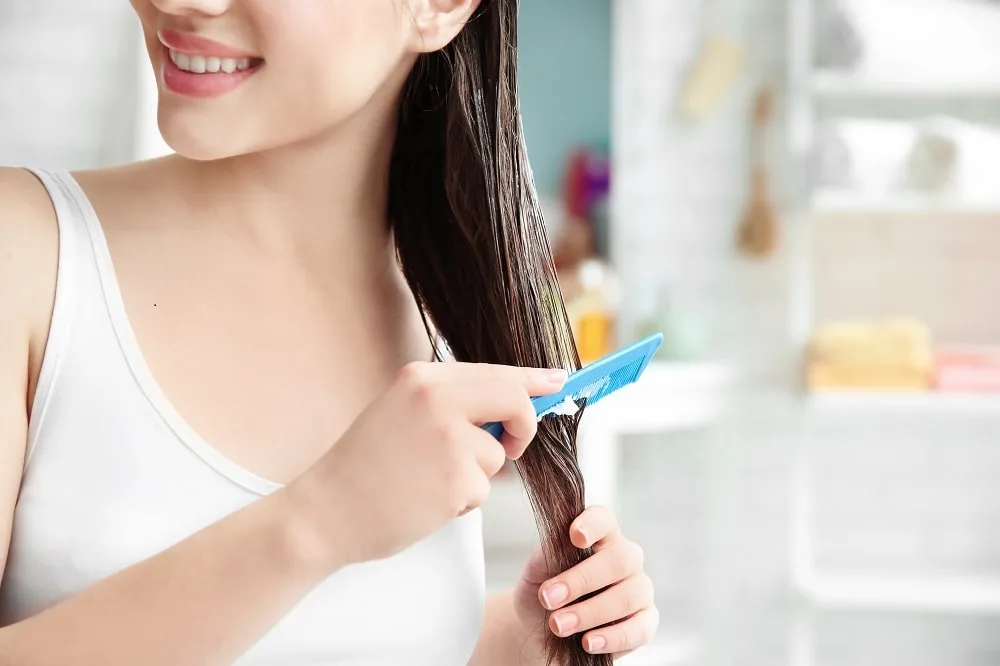
For the leave-in product, you can use a leave-in conditioner or treatment. The key is to pick a lightweight, watery product whose first ingredient is water. Look for humectants like aloe, glutamic acid, and honey as well. Your leave-in can be protein-free or have a little protein.
- Remove the t-shirt or microfibre towel from the hair
- Ensure hair is still damp but not dripping wet. If it is dry, spray some water.
- Use a rat tail comb to section your hair. Do not comb your hair with a thin-toothed comb.
- In one section, apply a small amount of leave-in.
- Work the leave-in conditioner into your hair strands gently by raking your fingers through your strands.
- Repeat for each section of hair.
Step 3: Apply a Hair Cream
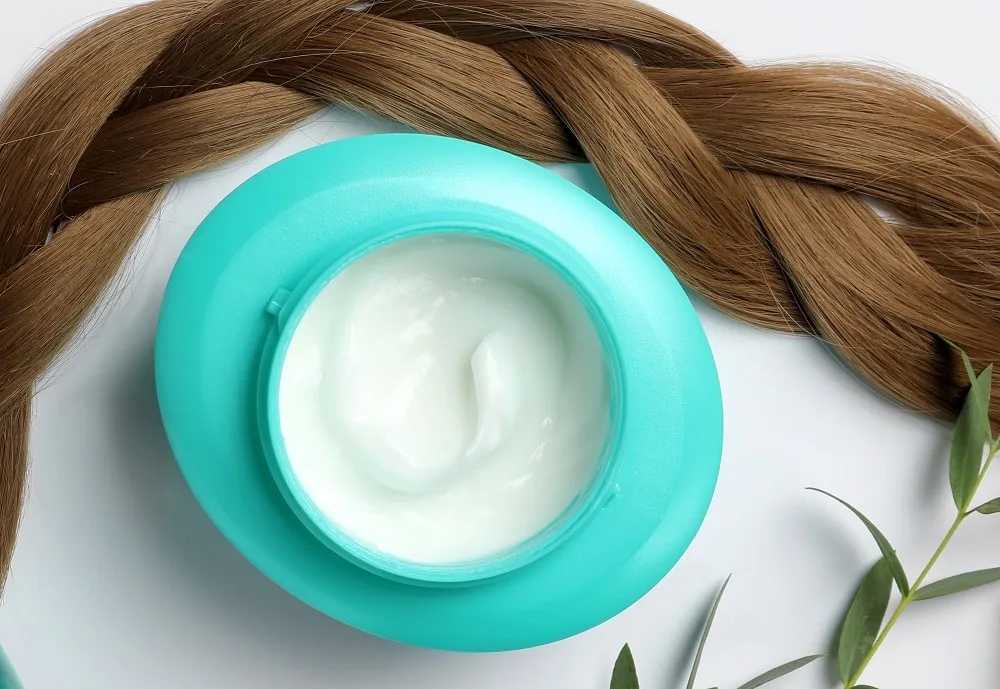
Find a hair cream your hair type can enjoy. High porosity hair will be best suited to thick creams, butters, and custards. Those with low porosity hair will benefit from lightweight creams or gels to avoid weighing hair down.
- With the same sections as used in the last step, apply a small amount of hair cream.
- Rake the cream through your strands and avoid layering too much on.
- Repeat with each section.
Step 4: Use a Hair Oil
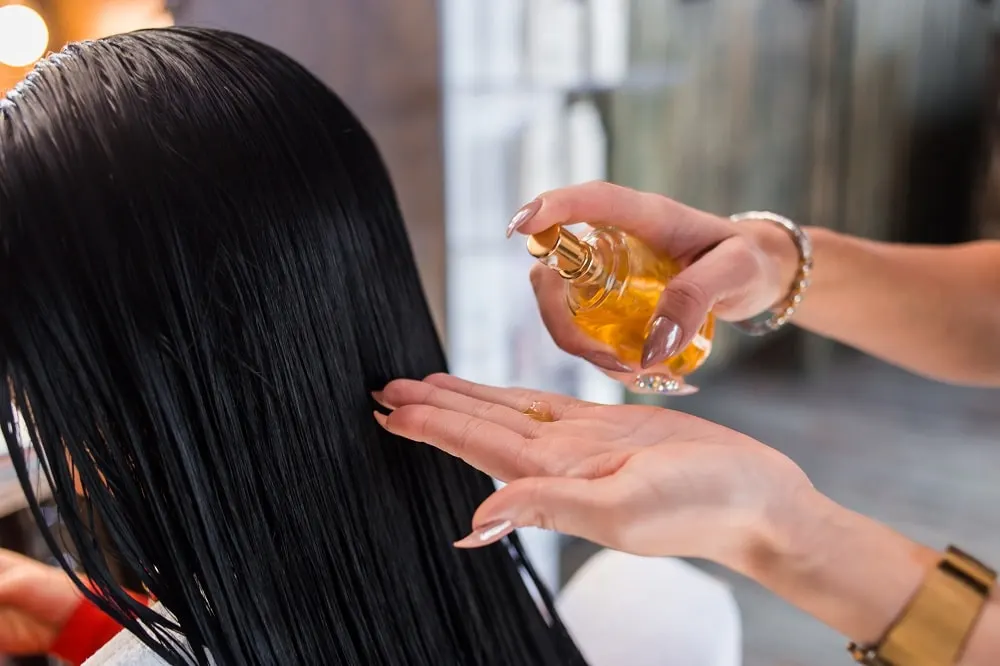
When choosing a hair oil for the LCO method, keep our hair porosity in mind. Low porosity hair will benefit from lightweight oils like jojoba, sweet almond, and sesame that have a similar structure to sebum. These oils lock in moisture for low porosity hair without weighing the hair down.
High porosity hair will benefit from heavier oil like coconut and moringa. However, you can mix and match oils until you find the best mix for your hair.
To finish, apply a small amount of oil to each section of hair. Ensure you coat the shaft from ends to roots, as the ends are most prone to breakage.
Step 5: Style as Usual
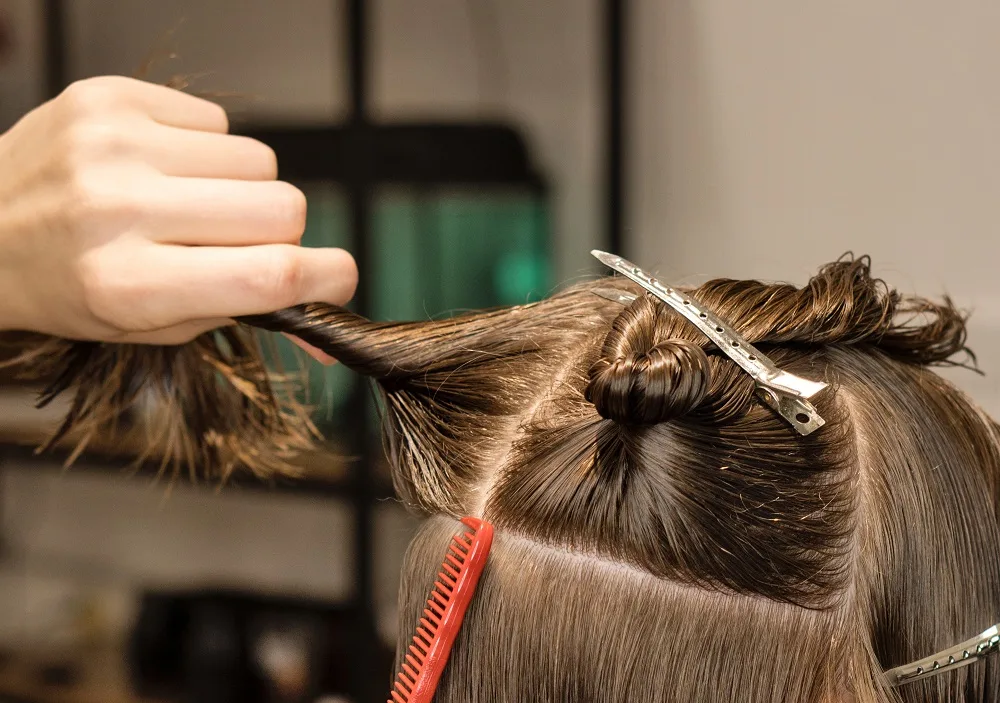
Once complete, style your hair as you please. I recommend a low-manipulation style to avoid breakage and headaches.
- Section your hair in halves, from your forehead to your neck.
- Start a flat twist by picking two pieces of hair from one half and begin twisting.
- Follow through till your neck, picking hair alternatively from each side of the braid.
- Do the same for the other section.
- Add gold or silver hair clips along the length of each flat twist as you desire.
The LCO method is a tried and proven way to seal in moisture to produce healthy hair. When used consistently, you will notice softer and more moisturized hair. Find a hydrating leave-in your hair loves. Look for light, moisture-rich hair creams. Invest in a quality oil to seal the moisture in.
Section your hair and work with damp hair. Work each product into the strands gently but thoroughly. Do not use too much product but focus on raking it on each strand from ends to roots. Give extra love to your ends as they get dry faster and are prone to breakage. Utilize the LCO method consistently to achieve great results.
What Is Hair Porosity?
Hair porosity can depend on genetics or it can tell you how damaged your hair is. Low porosity hair has a completely intact hair cuticle that’s tightly closed.
High porosity hair has hair cuticle shingles that stick up and gain and lose water easily. The cuticle isn’t flat usually because of alkaline water and hair products or because of permanent processes like hair lighteners or chemical relaxers. When the cuticle sticks up, it’s easy for it to become damaged and start missing cuticle shingles in places.
How to Determine Your Hair Porosity?
You’ll need a glass of distilled water and a few clean hair strands. They should be freshly washed. Drop them in the water and allow a few hours for them to process. If your hair is low porosity, it will float on top, not having absorbed any water. If it is high in porosity, it will sink to the bottom as it absorbs water.
Frequently Asked Questions About LCO Method
With the LOC and LCO meths, you apply a leave-in conditioner or treatment first. With the LCO method, you apply cream after leave-in and seal it with oil, and when using the LOC method, apply oil after leave-in and lock it with hair cream.
Many people report that the LCO method lasts for two to five days, but when done correctly, it can last up to a week. The LCO method locks moisture into hair shafts, helping them retain moisture for longer.
You can use the LCO method daily, but it’s recommended that you use it every other day. When using the LCO method daily, even if you use lightweight products, you still run the risk of product build-up if your use LCO daily.
LCO is best for low porosity hair that has a hard time getting moisture to penetrate. LOC is better for high porosity hair because moisture penetrates and escapes from it too quickly.
For dry hair that doesn’t respond well to moisture and doesn’t retain it, then the LCO method can be an excellent part of your hair care routine. It’s easy to do with just three ingredients, and the benefits are real no matter your hair type.
Give it a try today, and see what it can do for your strands!
